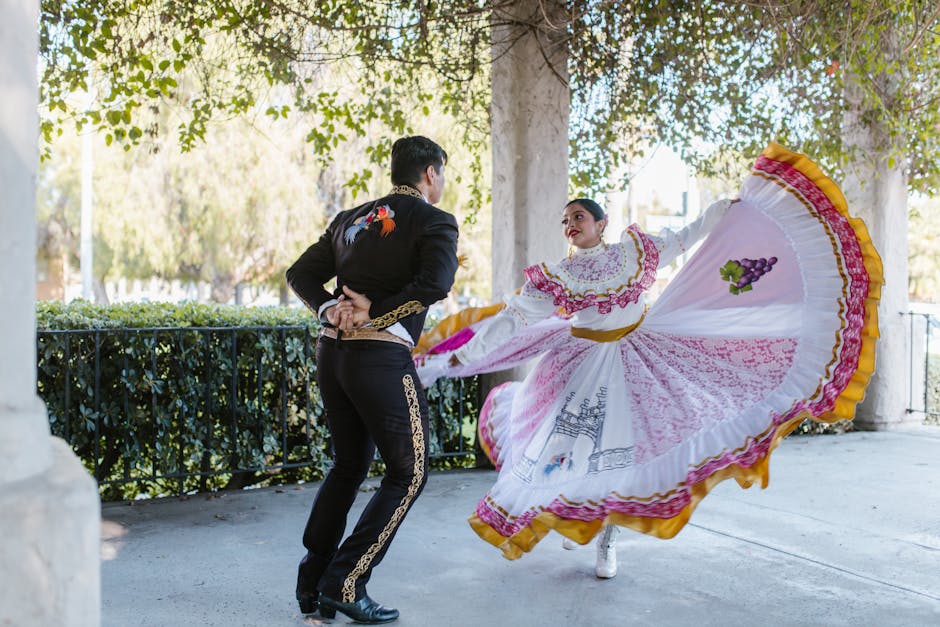
Traditional Costumes and Attire: A Cultural Journey
Introduction to Traditional Costumes and Attire
Traditional costumes and attire are more than just clothing; they are a reflection of a community’s history, identity, and cultural heritage. From the intricate embroidery of Asian robes to the vibrant patterns of African dresses, each traditional outfit tells a unique story.
The Significance of Traditional Costumes
Wearing traditional costumes and attire often marks important occasions such as festivals, weddings, and ceremonies. They serve as symbols of cultural pride and continuity, connecting generations through their design and symbolism.
Examples of Traditional Costumes Around the World
Kimono (Japan)
The kimono is a classic example of Japanese traditional attire, characterized by its long sleeves and intricate patterns. It is often worn during special events and has deep cultural meanings attached to its colors and styles.
Sari (India)
The sari is a versatile and elegant garment worn by women across India. It is made of various fabrics and is draped in different styles depending on the region.
Dashiki (West Africa)
The dashiki is a colorful garment with rich patterns, symbolizing African heritage and cultural pride. It is often worn during cultural festivals and celebrations.
Preserving Traditional Attire in Modern Times
As global fashion evolves, many communities strive to preserve their traditional costumes as an important part of their cultural identity. Modern designers often incorporate traditional elements into contemporary fashion, bridging the past and present.
Conclusion
Understanding and appreciating traditional costumes and attire enriches our knowledge of world cultures. They remind us of our shared history and the importance of respecting diverse cultural expressions.
